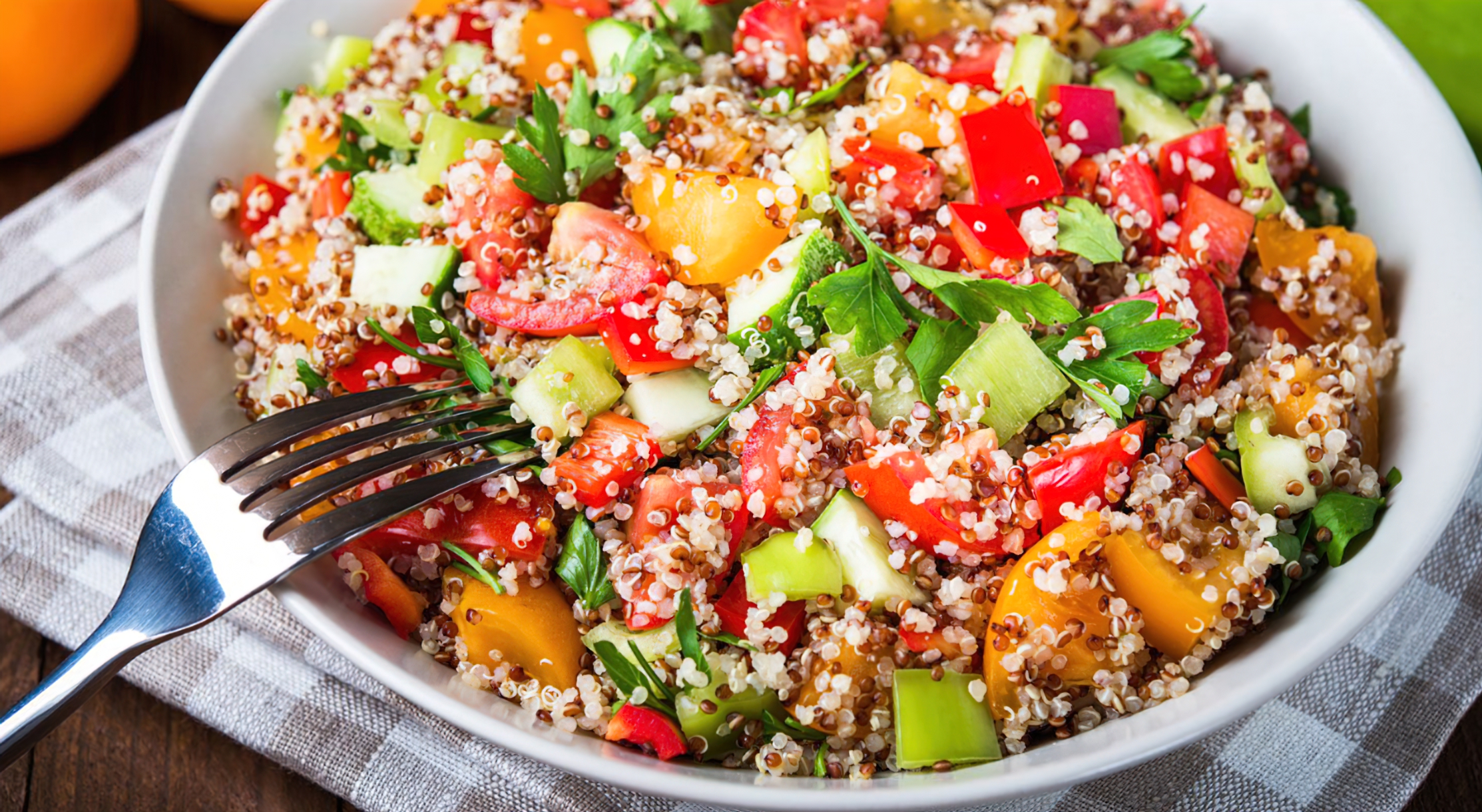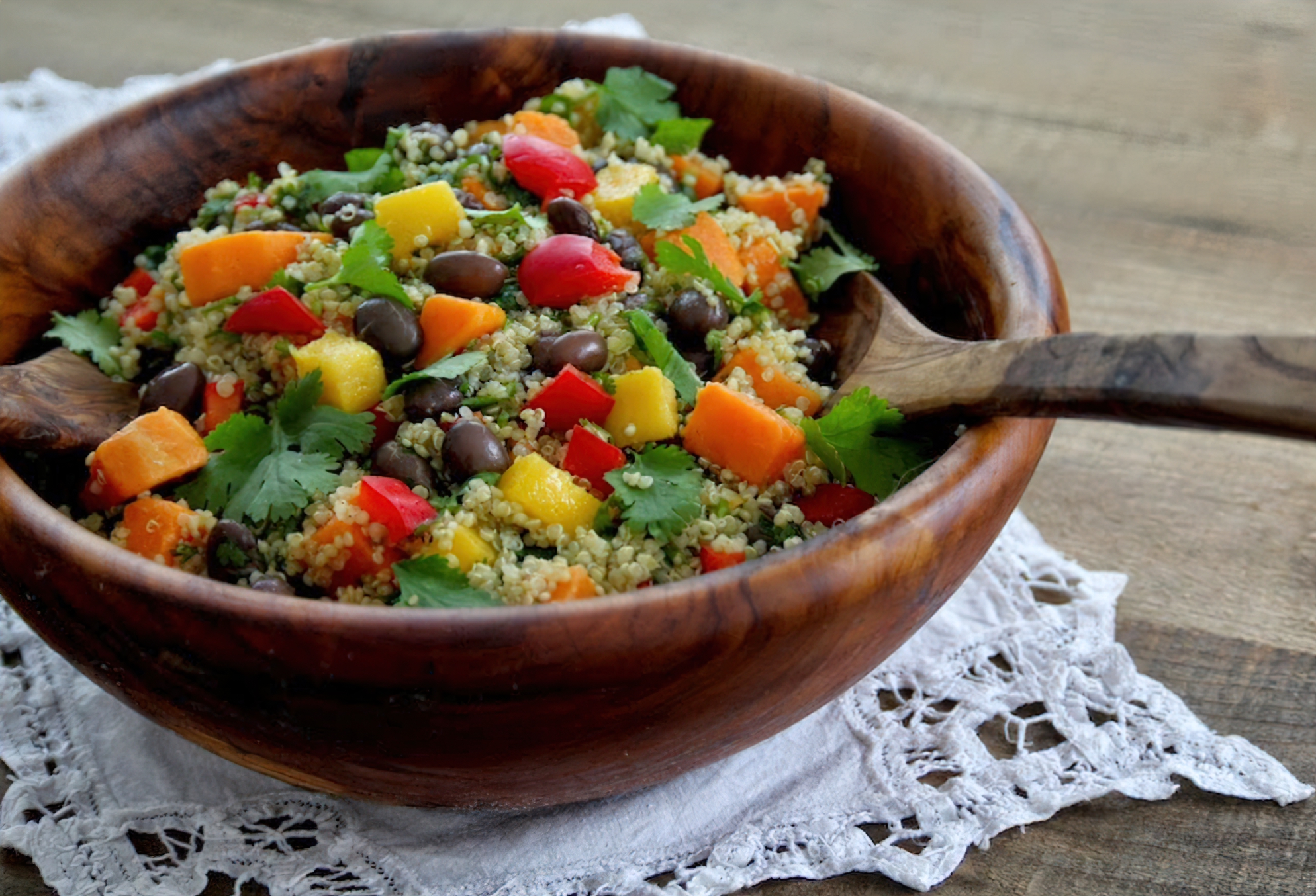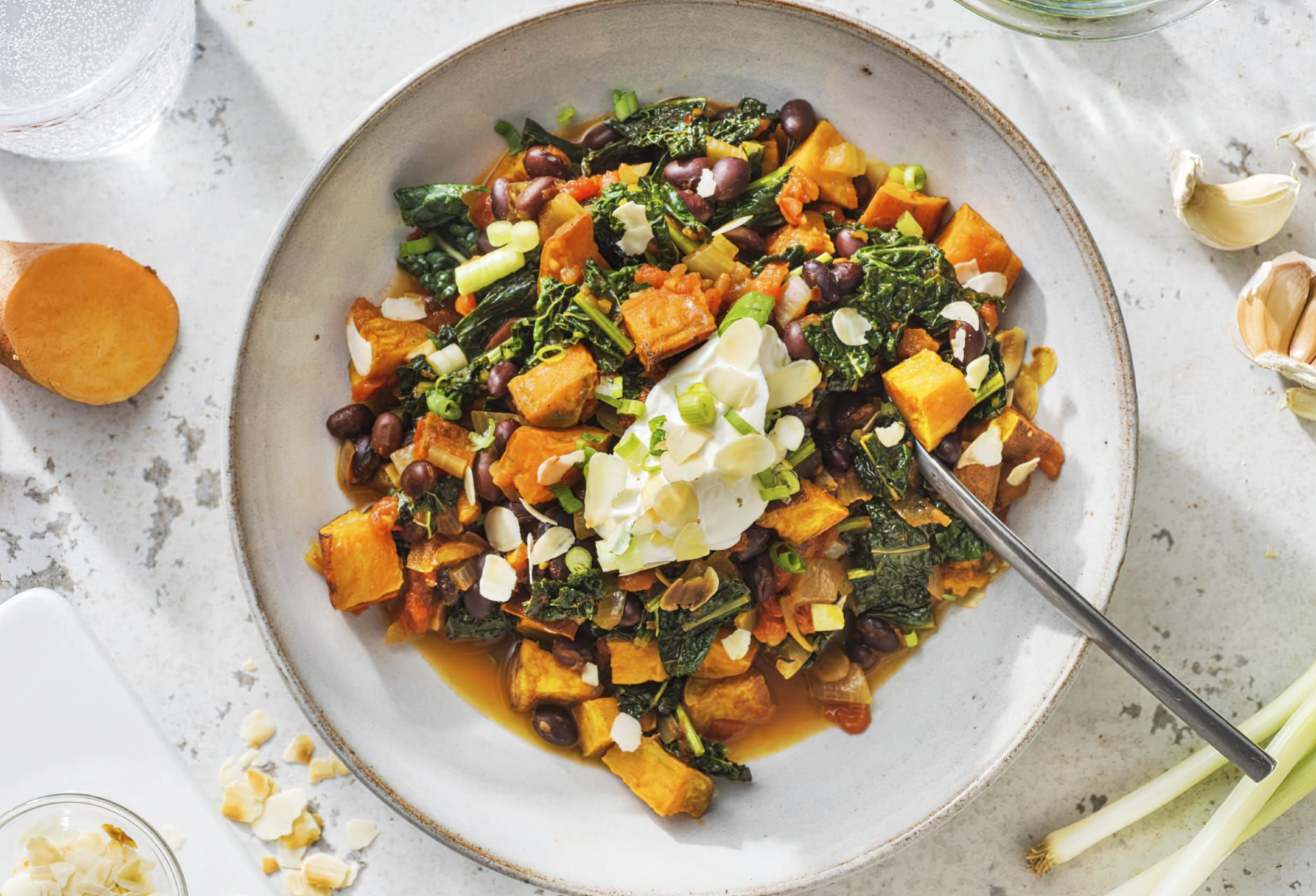As athletes, the demand for energy, micronutrients, and macronutrients is significantly higher compared to non-athletes. Let’s explore the role of a nutrient-dense diet and how it can give you an edge in your athletic pursuits.
- Understanding Nutrient Density
- The Benefits for Athletes
- Recipe 1:Nutrient-Dense Quinoa and Grilled Veggies
- Nutrient Needs of Athletes
- Nutrient-Dense Recipe: Baked Salmon with Sweet Potato
- Strategies for a Nutrient-Dense Diet
- Nutrient-Dense Recipe: Berry and Spinach Smoothie
- Recipe 2: Rainbow Quinoa Salad
- Recipe 3: Sweet Potato and Black Bean Buddha Bowl
Understanding Nutrient Density
A nutrient-dense diet means consuming foods that provide high levels of nutrients relative to their caloric content. These foods contain vitamins, minerals, complex carbohydrates, lean proteins, and healthy fats, all essential for optimal athletic performance.
The Benefits for Athletes
A nutrient-dense diet supports muscle recovery, energy production, hydration, and overall health. It boosts performance and reduces the risk of injury and illness.
Recipe 1: Nutrient-Dense Quinoa and Grilled Veggies
- Ingredients: 1 cup quinoa, 2 cups water, mixed vegetables (bell peppers, zucchini, broccoli), 2 tablespoons olive oil, salt, pepper.
- Preparation: Cook quinoa in water. Grill vegetables in olive oil, seasoned with salt and pepper. Combine quinoa and vegetables. Serve warm.
Nutrient Needs of Athletes
Athletes require more nutrients due to increased physical demands. High-quality proteins support muscle repair, carbohydrates provide energy, and fats support hormone production and absorption of fat-soluble vitamins.
Nutrient-Dense Recipe: Baked Salmon with Sweet Potato
- Ingredients: 1 salmon fillet, 1 sweet potato, 2 tablespoons olive oil, salt, pepper, dill.
- Preparation: Season salmon with salt, pepper, and dill, then bake. Roast sweet potato in olive oil until tender. Serve together.
Strategies for a Nutrient-Dense Diet
- Variety: Diversify your food choices to get a wide range of nutrients.
- Whole Foods: Focus on unprocessed foods that are naturally nutrient-dense.
- Regular Meals: Regular meals ensure a consistent supply of nutrients.
Nutrient-Dense Recipe: Berry and Spinach Smoothie
- Ingredients: 1 cup spinach, 1 cup mixed berries, 1 banana, 1 cup almond milk.
- Preparation: Blend all ingredients until smooth. Serve chilled.
Recipe 2: Rainbow Quinoa Salad
For a nutrient-dense meal that delivers a variety of vitamins, minerals, and other essential nutrients, a rainbow quinoa salad is hard to beat. It’s a colorful, vibrant dish that not only looks enticing but also packs a punch when it comes to nutrition.
Ingredients:
- 1 cup of quinoa
- 2 cups of water
- 1/4 cup of olive oil
- 1/2 cup of lemon juice
- 2 teaspoons of Dijon mustard
- 1/2 teaspoon of ground black pepper
- 1 large cucumber, chopped
- 2 tomatoes, chopped
- 1 red bell pepper, chopped
- 2 carrots, shredded
- 1/2 red onion, chopped
- 1/4 cup of chopped fresh cilantro
- 1/4 cup of chopped fresh parsley
Preparation:
- Rinse quinoa under cold water until water runs clear.
- Bring quinoa and water to a boil in a saucepan. Reduce heat to low, cover, and simmer for 15 minutes, or until quinoa is tender and water is absorbed.
- In a large bowl, whisk together olive oil, lemon juice, Dijon mustard, and black pepper.
- In the bowl with the dressing, mix in cucumber, tomatoes, bell pepper, carrots, onion, cilantro, and parsley.
- When quinoa is ready, fluff it with a fork and let it cool for a bit.
- Mix quinoa into the salad and toss everything together.
Recipe 3: Sweet Potato and Black Bean Buddha Bowl
For those who like a little sweetness in their meals, the sweet potato and black bean Buddha bowl delivers just that. It’s a deliciously balanced meal, offering proteins, carbohydrates, and healthy fats in one bowl.
Ingredients:
- 1 large sweet potato, peeled and cubed
- 1 tablespoon of olive oil
- 1 cup of cooked quinoa
- 1 cup of cooked black beans
- 2 cups of spinach
- 1 avocado, sliced
- 1/4 cup of tahini
- 1/4 cup of lemon juice
- 2 tablespoons of maple syrup
- Salt and pepper to taste
Preparation:
- Preheat oven to 400°F (200°C) and line a baking sheet with parchment paper.
- Toss sweet potato cubes in olive oil, season with salt and pepper, and spread out on the prepared baking sheet.
- Roast for about 25-30 minutes, or until tender and lightly browned.
- To prepare the dressing, whisk together tahini, lemon juice, and maple syrup until smooth.
- Assemble your Buddha bowl by layering cooked quinoa, black beans, spinach, roasted sweet potatoes, and avocado slices. Drizzle the dressing over top before serving.
In conclusion, the key to effective sports nutrition is not just what you eat, but also when and how you eat. By adopting a nutrient-dense diet that caters to your specific needs, you’re setting up a solid foundation for peak athletic performance. Listening to your body’s signals, staying hydrated, and ensuring a balance of macronutrients and micronutrients in your meals are all part of this equation. And remember – food is fuel, but it’s also meant to be enjoyed!